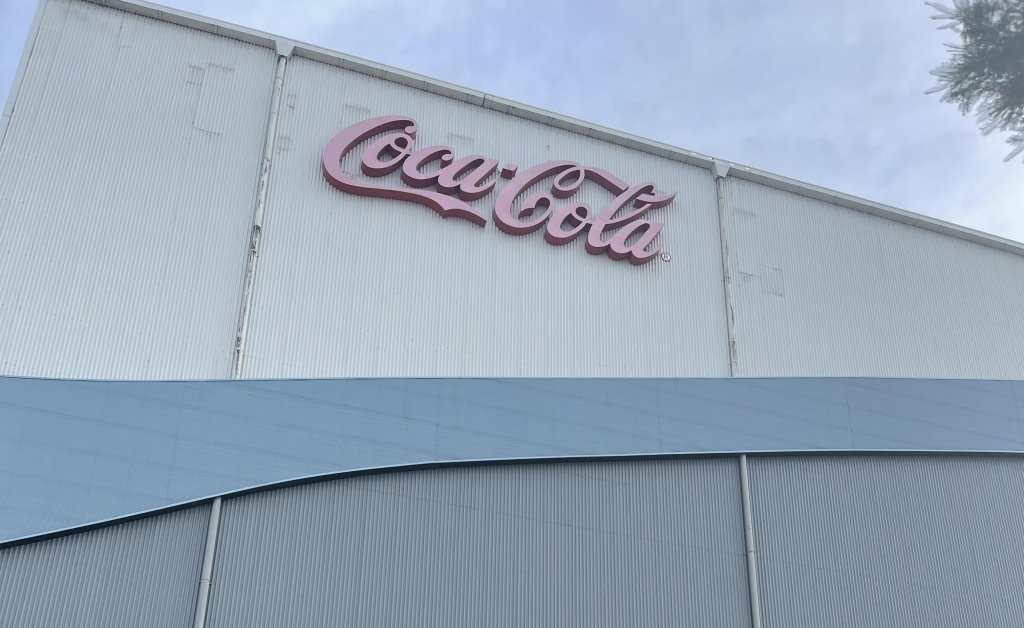Imagine waking to the soothing sounds of rushing water, only to discover it’s not a meditation track you’ve left on repeat; it’s a cracked pipe in your yard that has created an unexpected waterfall.
Before you even start your morning coffee, you’re left staring at a waterlogged garden and a hefty repair bill on the horizon. Traditional pipe repairs often mean heavy machinery, torn-up lawns and truckloads of waste. But what if there was a way to fix those pipes without the cost, mess and environmental impact? Enter pipe relining, a modern plumbing solution that’s not just effective; it’s a step toward a greener future for the planet.
What is Pipe Relining?
Pipe relining is an innovative technique that repairs damaged pipes by creating a new pipe within the existing pipe structure.

Using innovative trenchless technology, a resin-coated liner is inserted into the damaged pipe and cured in place, forming a seamless and durable inner layer. This method is a game changer compared to traditional pipe replacement methods, which involve extensive excavation, noise, and disruption to both your property and the surrounding environment.
Environmental Impact of Traditional Pipe Replacement
To understand the environmental impact of traditional pipe repair methods, you first need to know how this process works. Pipe replacement typically involves digging up large sections of land to access the damaged pipes, which leads to significant environmental disruption.
The excavation process generates a huge amount of waste and requires the use of heavy machinery, which contributes to greenhouse gas emissions and an increased carbon footprint. Not to mention, the materials needed to replace old pipes add to the demand for new resources, further impacting the planet.
How Pipe Relining Contributes to Sustainability
By now, you’re no doubt wondering why pipe relining shines as a sustainable alternative. Let’s explore the key eco-friendly aspects of this approach.
Reduces Land and Ecosystem Disruption
Unlike traditional methods, pipe relining requires minimal digging and landscape disruption. This preserves landscapes, protects ecosystems, and saves gardens, driveways and other infrastructure from unnecessary damage.

Waste Minimisation
By repairing pipes rather than replacing them, pipe relining generates significantly less waste. The liner used becomes a part of the existing pipe, cutting down on the need for new materials. With a lifespan of up to 50 years, this solution gets rid of the need for replacements and means less waste in landfills over time.
Lowered Energy Consumption
Why does pipe relining save on energy consumption? It’s pretty simple when it comes down to it. Fewer machines, less fuel and shorter work times reduce the project’s carbon footprint. Pipe relining uses fewer resources overall, making it an energy-efficient alternative to traditional pipe replacement options.
Long-term Benefits of Pipe Relining for the Environment
The benefits of pipe relining extend well beyond the initial repair process:
- Longevity and Durability: With a 35-year guarantee on our pipe relining solutions, The Relining Company ensures your relined pipes don’t solve the existing problem; they prevent new ones from arising, reducing the need for further resources well into the future.
- Reduced Risk of Water Leaks: Relined pipes form a seamless structure that eliminates cracks and weak points. This helps to prevent future leaks, which can lead to water contamination, water wastage and wasted resources.
- Less Maintenance over Time: Pipe relining’s durability also reduces the need for frequent repairs, in turn reducing the resources and energy required for maintenance.
Cost-Effectiveness of Sustainable Plumbing Solutions
Sustainability doesn’t just benefit the environment; it’s also kinder to your wallet in the long run. While the upfront costs of pipe relining may be slightly higher than that of quick fixes, the long-term savings are significant. There’s no need for major restoration work after excavation and the durable solution means a huge saving on future expenses.
Case Study: Pipe Relining in Action
For those of you wondering how pipe relining supports sustainability in the real world, here is a case study of a project we completed at the Coca-Cola Amatil factory in Sydney.

Due to the high amounts of sugar poured down their drains, the factory’s original earthenware pipes were cracked and eroded. Instead of tearing up their valuable machinery and work areas, The Relining Company used our trenchless pipe relining technology to repair damaged pipes with minimal disruption. Coca-Cola saved on extensive repair costs and prevented unnecessary downtime, all while avoiding waste generation and heavy resource issues.
Future Trends in Sustainable Plumbing Solutions
It’s no secret that the world is moving towards more sustainable solutions in all industries, and plumbing is no exception. Pipe relining stands out as a future-focused option that prioritises both efficiency and environmental responsibility.
With continued advancements in trenchless technology and more homeowners opting for eco-friendly solutions, pipe relining is set to become the norm in sustainable plumbing practices.
Ready to explore how pipe relining can make your property more eco-friendly? Contact The Relining Company today for more information on how this innovative solution can benefit you and the environment. By choosing pipe relining, you’re not just fixing a problem—you’re investing in a better solution for your home, wallet, and planet.
Back to Top